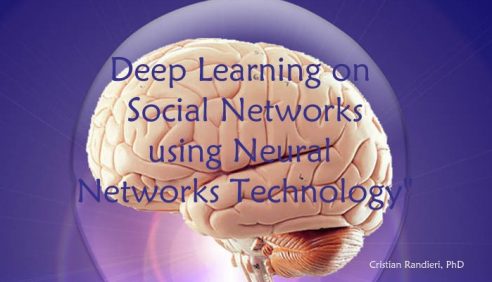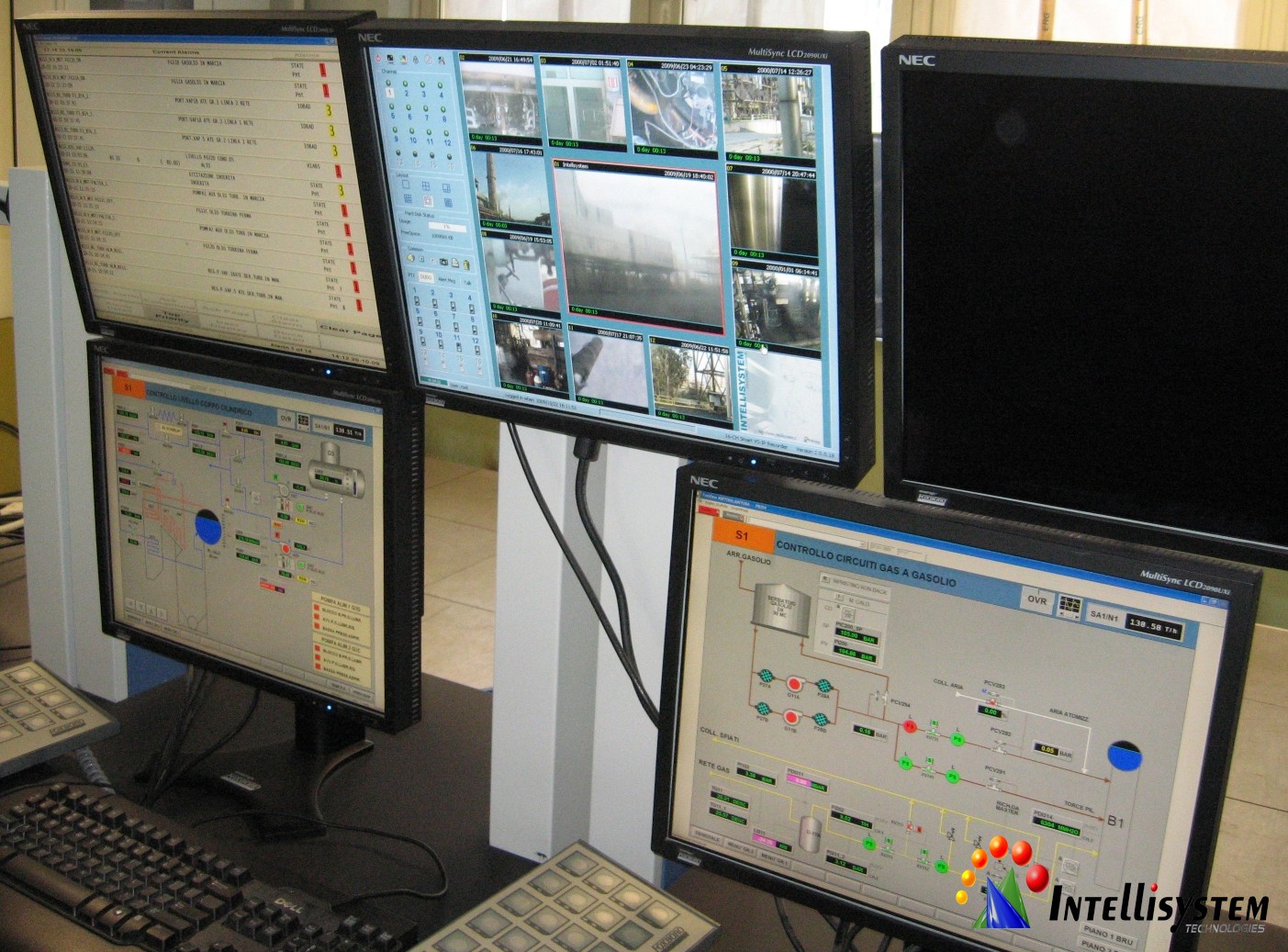
L’IMPIEGO DI RETI STANDARD, ALCUNE DOTATE DI APPOSITI PROFILI E SPECIFICHE CHE CONSENTONO UN PIÙ EFFICIENTE USO DELL’ENERGIA, PUÒ AIUTARE LE AZIENDE AD AUMENTARE I PROFITTI, RIDUCENDO I CONSUMI E FAVORENDO LA SOSTENIBILITÀ
Con Cristian Randieri, Ph.D., presidente e CEO di Intellisystem Technologies; Vittorio Agostinelli, product manager Factory Automation di Panasonic Electric Works Italia; Peter Lutz, managing director di Sercos International; Paolo Laganà, responsabile tecnico di Inlon Engineering; Martin Rostan, direttore esecutivo di ETG – Ethercat Technology Group; John Browett, general manager di Clpa.
Ormai da anni si parla di ‘sostenibilità’: di fronte a una crisi economica globale che drena risorse e frena gli investimenti, non si possono più rimandare i ‘bilanci’, non si possono più tollerare gli ‘sprechi’. La produzione deve essere efficiente, l’energia deve essere utilizzata al meglio, quando serve e dove serve, gli scarti devono essere ridotti al minimo, i lotti devono essere prodotti ‘just in time’ seguendo flessibilmente le richieste del mercato. Tutto questo richiede innovazione tecnologica, un’innovazione in sistemi e apparati, hardware e soprattutto software, anche e soprattutto a livello di rete e comunicazione dati. Solo così l’azienda può sfruttare soluzioni, dall’IoT al cloud, che possono renderla più efficiente e competitiva in un mondo, quello del business, fattosi sempre più globale e agguerrito sul fronte sia dei prezzi, sia della qualità. Ecco dunque che essere ‘sostenibili’, essere ‘green’, non può rappresentare solo un’operazione di facciata, ma deve essere parte di un progetto di più ampio respiro che coinvolge l’intera azienda e tutti i suoi dipendenti, cambiando il modo di produrre e di intendere la produzione stessa, affinché l’investimento possa ripagarsi e in tempi brevi. Ma vediamo cosa pensano riguardo a questo tema alcuni protagonisti del settore.
______
Di seguito riportiamo l’estratto dell’articolo riguardante le risposte date da parte del nostro Presidente e CEO Cristian Randieri
1) Un investimento in tecnologie ‘green’ può dare ritorni economici concreti o solo di immagine?
In generale, quello delle tecnologie ‘green’ è un mercato in crescita un po’ dappertutto: come riportato da più fonti il settore “clean tech” continua a registrare nuovi investimenti nei Paesi sviluppati e in via di sviluppo, basti pensare che tra il 2007 e il 2010, la crescita in media è stata del 11,8% all’anno. Se a livello mondiale il fenomeno è quanto mai significativo, lo è particolarmente nei Paesi in via di sviluppo ciò si traduce in nuove possibilità di esportazione di prodotti hi-Tech made in Italy, un’occasione sicuramente da non perdere per le aziende Italiane che investono nella ricerca ed innovazione. Penso che il discorso inerente l’immagine sia secondario a quello concreto di produrre nuove tecnologie a basso costo eco-compatibili poiché tra qualche decennio dovremmo fare i conti con gli effetti delle varie politiche non eco-sostenibili attuate sino ad ora soprattutto nei paesi emergenti. Dal fronte lavoro le tecnologie green appaiono una scommessa ragionevole per le nuove imprese che offriranno i cosiddetti “green jobs” ossia occupati che applicheranno le competenze tecnologiche “green”.
2) Come le tecnologie di rete possono aiutare ad abbinare sostenibilità e redditività dell’industria?
Da sempre il possesso delle tecnologie inerenti le Telecomunicazioni, e quindi le tecnologie di rete, sono state vincenti, basti pensare agli innumerevoli conflitti vinti da chi ha posseduto le soluzioni tecnologiche più avanzate. Oggi alle varie sfide tecnologiche di aggiunge la sfida “green-networking” che dal punto di vista industriale significa enfatizzare i concetti di: maggiore integrazione, riduzione delle distanze, più automazione, compatibilmente con la riduzione dei costi di esercizio; il che si traduce in maggiore sostenibilità e redditività per chi ne fa uso. Gli sprechi in questo settore sono innumerevoli basti pensare a titolo d’ esempio:
- Ai lunghi periodi di inattività dei vari dispositivi di networking durante le ore in cui le aziende non lavorano;
- Allo spreco di energia inerente le lunghezze dei cavi. Ad esempio qualsiasi switch è progettato per supportare sino a 100m di cavo quando in media nelle aziende i segmenti medi sono di 5-10 metri. Sarebbe opportuno che lo switch sia in grado di rilevare la lunghezza del cavo e quindi regolare di conseguenza i consumi energetici.
3) Esiste o sarebbe utile uno standard o un marchio di riferimento anche per le tecnologie di comunicazione per certificarne l’efficienza energetica e/o la sostenibilità ambientale? (tipo Energy Star nell’informatica o l’etichetta energetica degli elettrodomestici)
Sicuramente sarebbe molto utile poiché così come già accade in altri settori, il consumatore avrebbe uno strumento in più per orientarsi meglio nella scelta degli apparati di rete, magari ponendosi dei quesiti alle problematiche inerenti i loro consumi. Sembra banale ma la maggior parte delle PMI in Italia non si è mai posto il problema di adottare delle soluzioni per la riduzione dei costi di consumo energetico dei propri apparati di rete. Dalle parole non sarà facile passare ai fatti poiché come per ogni standard che si rispetti occorreranno anni per la definizione dei protocolli di valutazione ed attuazione.
4) Quali innovazioni tecnologiche possono aiutare la diffusione delle reti di comunicazione in progetti ‘green’
Sicuramente le tecnologie di “smart sensing” ovvero le applicazioni di sensori e reti di sensori possono contribuire in modo significativo ad un uso più efficiente delle risorse, affrontare le sfide ambientali e ridurre gli effetti del cambiamento climatico. Negli “Smart Buildings” l’accoppiamento degli standard minimi di efficienza energetica con l’uso della tecnologia dei sensori può essere un fattore importante nel ridurre l’uso di energia elettrica e le emissioni di gas a effetto serra. Tuttavia, effetti di tipo “rimbalzo” devono essere presi in considerazione, in particolare nei trasporti. Una maggiore efficienza dovuta all’utilizzo della tecnologia dei sensori deve essere accompagnata da una gestione della domanda di internalizzare i costi ambientali, ad esempio incoraggiando il cambiamento sistemico nel comportamento dei consumatori e degli utenti educandoli ad un consapevole risparmio energetico. Le politiche e le iniziative del governo, a mio avviso, sono cruciali per favorire gli effetti ambientali positivi scaturiti dell’uso di sensori e reti di sensori. Una soluzione potrebbe essere un’intensa attività programmatica che abbia come obiettivo quello di dimostrare e promuovere l’uso della tecnologia dei sensori mediante progetti pilota mirati ad offrire un valido supporto per lo sviluppo di standard aperti.
5) Avete dei risultati quantitativi da condividere ottenuti in alcuni vostri progetti o dai vostri clienti?
La nostra azienda da sempre si è occupata di queste tematiche ed è stata una delle prime a progettare e costruire dei sistemi embedded per il telecontrollo remoto di apparati con l’obiettivo duale di automatizzare quest’ultimi compatibilmente con il risparmio energetico. Siamo stati tra i primi in Italia ad introdurre nel mercato un sistema capace di controllare i carichi di apparati permettendone l’attivazione e disattivazione in funzione di politiche di risparmio energetico. Oggi le maggiori esigenze dei nostri clienti sono focalizzate verso il monitoraggio dei consumi delle macchine per la produzione. Stiamo mettendo a punto un sistema basato su tecnologie smart sensing che stimiamo permetterà un abbattimento dei consumi stimato tra 10 ed il 30 % in funzione delle tipologie di applicazione.
Tavola Rotonda – Fieldbus & Networks N. 82 (Febbraio 2015), pubblicata da Stefano Cazzani e Ilaria De Poli
Per scaricare l’articolo pubblicato sulla rivista seguire il link riportato di seguito http://www.intellisystem.it/portfolio/fn-febbraio-2015/






 English
English















 RSS - Articoli
RSS - Articoli